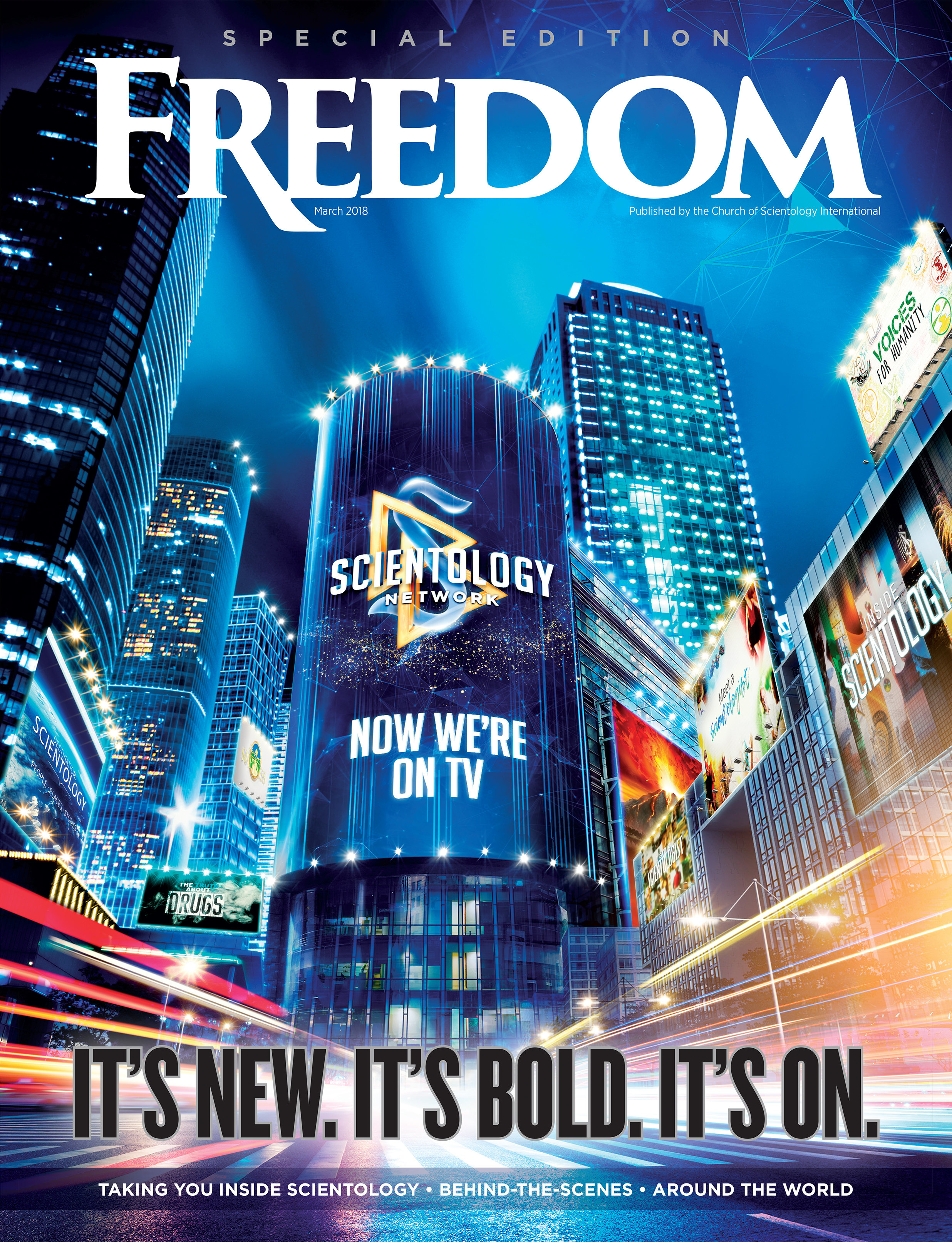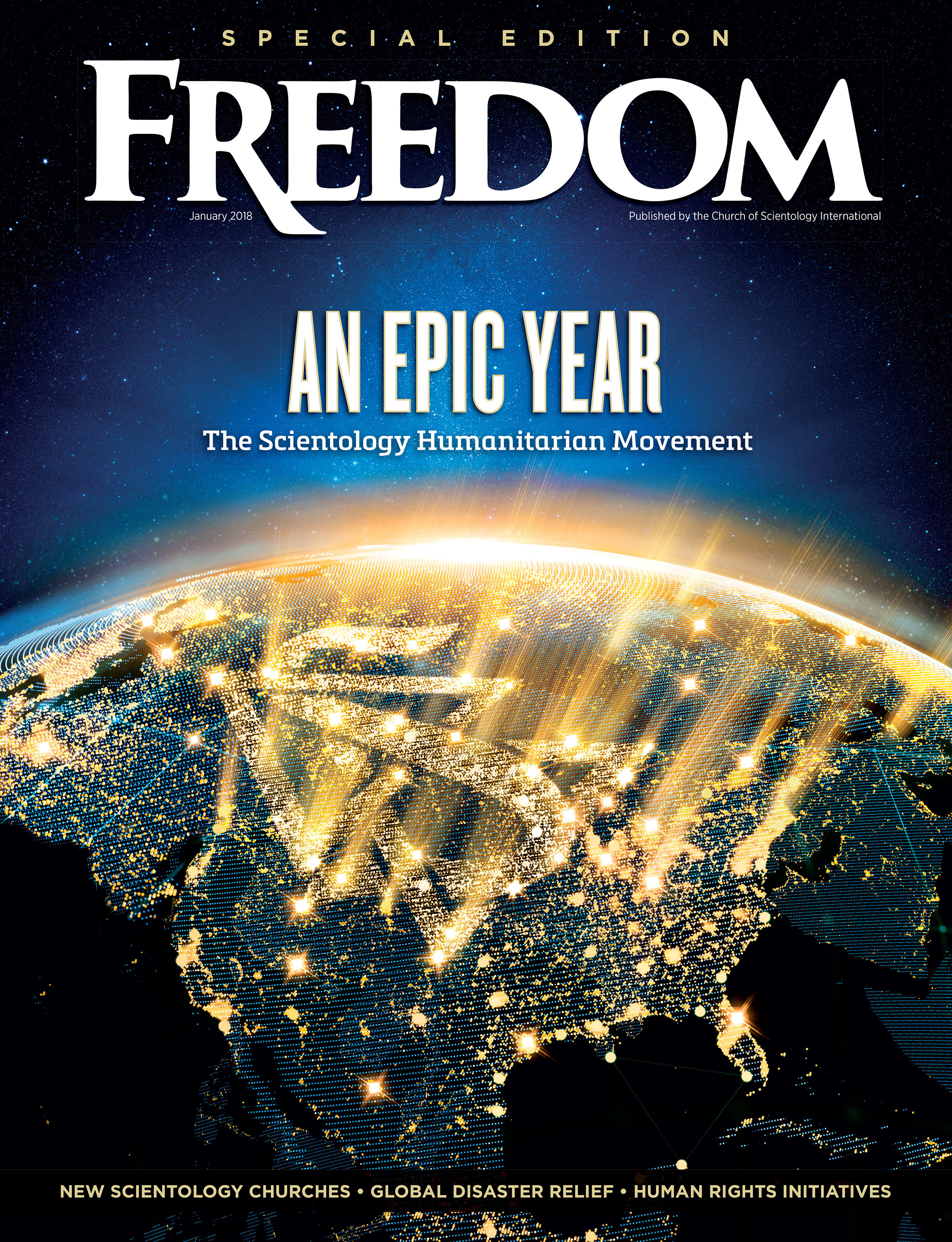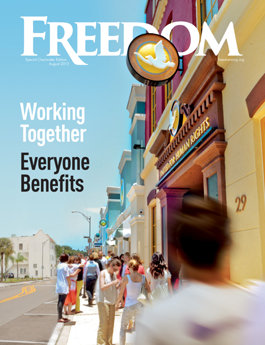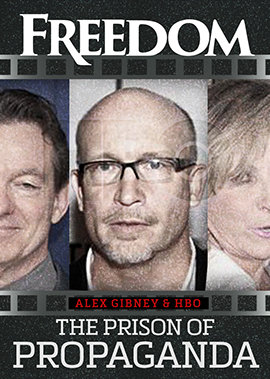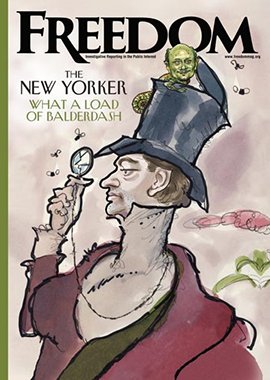The global survey, spanning 48 countries and released June 17, offers a sobering portrait of audiences retreating from traditional news—not merely switching platforms but switching off—revealing a deeply fractured media environment riddled with distrust, disconnection and a minefield of misinformation.
Increasingly, audiences conflate “institutional” with “untrustworthy.”
In Australia, where media distrust now afflicts nearly one-third of the population (32 percent, up from 25 percent in 2016), the shift may appear subdued. But it’s symptomatic of a broader, seismic trend. Across the globe, trust in the news has stalled at 40 percent for the third year in a row, showing that the majority of people are no longer convinced the media is fair, accurate or even relevant.
This isn’t disinterest. It’s disillusionment.
What was once framed as a “platform shift”—from print to digital, from network news to TikTok—now looks more like an epistemological crisis: not just where people get their news, but how they decide what to believe. News isn’t just being consumed differently—it’s being judged differently. Increasingly, audiences conflate “institutional” with “untrustworthy.” Even as many still turn to legacy outlets in moments of uncertainty, that reliance often stems from habit, not conviction.

A 2023 Gallup poll found that just 32 percent of Americans have “a great deal” or “a fair amount” of confidence in the idea that the media reports the news comprehensively, fairly or accurately. It is no wonder, then, that in an ideologically slanted information economy driven less by facts than by factions, less by truth than by groupthink, 39 percent of Americans—nearly every third citizen—distrusts the media completely.
These tensions play out differently across the globe—but they play out everywhere. Australia, a country with relatively stable institutions, offers a revealing case study in what erosion looks like. The surface may seem calm, but the foundations are shifting.
TikTok, often branded a misinformation mill dominated by influencers, hosts a growing share of engagement with traditional outlets. Until their recent cancellation, programs like “Q+A” and “The Project” racked up millions of views when clipped and reframed for social media. The audience hasn’t vanished—it has simply migrated.
But reach is no proxy for trust. According to the Reuters report, “an accelerating shift toward consumption via social media and video platforms is further diminishing the influence of ‘institutional journalism.’” Influence is splintered. Authority is undermined. And where institutions falter, personalities step in to fill the vacuum.
If Australia’s crisis is one of quiet disintegration, the US is a bonfire—a cautionary tale of collapse. There, legacy media trust has eroded, leaving behind a hyper-partisan ecosystem where influencers rise and ethics recede. Social platforms now serve as default news hubs, while journalism’s gatekeeping role is dismissed as either elitism or irrelevance. The result? A public sphere dominated by clickbait, partisan commentary and strategic disinformation—delivered with algorithmic precision.
Years of click-driven editorial decisions, superficial analysis and tribal framing have hollowed out the profession’s authority.
The Reuters report notes that political leaders across nations are bypassing journalists altogether, opting instead for direct channels—podcasts, influencers, livestreams—that offer reach without scrutiny.
As if the trust crisis weren’t deep enough, artificial intelligence now threatens to further destabilize journalism’s credibility. This year’s report includes fresh data on AI-driven platforms and tools for accessing news: While overall use remains low (7 percent), among the under-25 demographic it’s more than double (15 percent). Many see AI as a faster, cheaper way to produce and distribute content—but with speed comes suspicion. Respondents overall worry AI will make news less accurate, less transparent and less trustworthy. In short: cheaper to produce, but costlier in public confidence.

Freedom Magazine calls this the “death of the byline”—a phrase as ominous as it is apt. As generative AI floods the digital space with polished but soulless content, the human signature that once conferred credibility is vanishing. Readers no longer ask if a particular piece of news is true. Rather, they effectively ask: “Was this written by a person?”
In the face of both AI disruption and platform dominance, some governments are attempting to intervene. Australia’s News Media Bargaining Code, which forces tech giants to compensate publishers, initially prompted deals. But that détente is unraveling. Meta has walked away from renewing those agreements with publishers. Google is scaling down. Regional outlets are shuttering. And while the government’s $180 million News Media Assistance Program offers lifelines to multicultural and First Nations journalism, few believe it can counter the structural collapse underway.
So where does that leave journalism? With shrinking trust, fleeing audiences and an identity crisis of its own making. Years of click-driven editorial decisions, superficial analysis and tribal framing have hollowed out the profession’s authority.
Rebuilding that trust will require more than better tech or louder platforms. It will demand an ethical reawakening—one that elevates rigor over rhetoric, verification over virality and public interest over partisan performance. In this light, the crisis of trust is less an obstacle than an opportunity. A corrective. A call to reform.
Because the public hasn’t given up on journalism entirely. They still seek facts, especially in crisis. They still rely on reporters—when they can tell the difference between one and a chatbot. But they’re watching. They’re skeptical. And they’ve been burned.
The future of journalism won’t hinge on who can shout the loudest. It will depend on who can earn trust—and be worthy of it.







